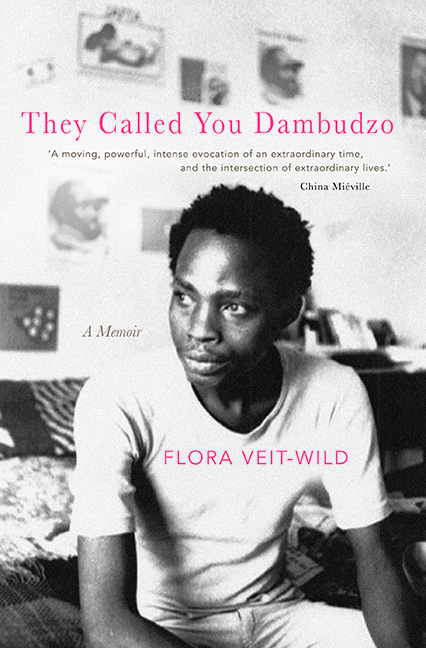Summary
AT THE BEGINNING WAS A FLOWER in the snow. Someone had drawn it on the bonnet of my VW Beetle. I had no clue who it was.
It must have been in January 1969. After a few days of heavy snowing, a bright January sun had transformed the city into a fairyland. The pavements were flanked by massive white-grey walls. I had come down from my cozy rooftop flat to unearth my car from under the snow, when I saw it, the flower, neatly carved into the glittering white crust.
Who could have drawn it? What did it mean? I had only come to West Berlin a couple of months before and did not have any close friends in the city yet.
When in October 1968 I arrived at the Free University, the Dahlem villa of the German department was under siege. The doors were barred with benches. Students, with sleeping bags and toothbrushes in their rucksacks, took turns spending the night in the building to make sure that nobody would take down the barricades.
The library, usually a place of hushed silence, seethed with activities and debates. While the goals of the strikes and next steps of action were discussed, flyers were written and placards painted. At other times or in other rooms, Marx and Engels were studied and young lecturers who sympathised with the students held seminars in which they turned the canon and the sacrosanct tenets of the discipline upside down. Schiller, Goethe, Lessing and Kleist were scrutinised through the lens of Historical Materialism.
In all of this I felt like the ignorant, innocent girl from the provinces – or from a far-away planet. I see myself sitting on one of the reading desks which had been pushed aside to make room for the centre of actions. Clutching my knees above yellow gumboots below a straight brown tweed skirt – I listened.
My eyes and ears – my mind – were opened wide.
Things made sense.
I had enjoyed Freiburg, where I had spent the three previous semesters focusing on Romance literature. I could identify with the melancholia of Verlaine or Baudelaire.
- Type
- Chapter
- Information
- They Called You DambudzoA Memoir, pp. 26 - 30Publisher: Boydell & BrewerPrint publication year: 2022



